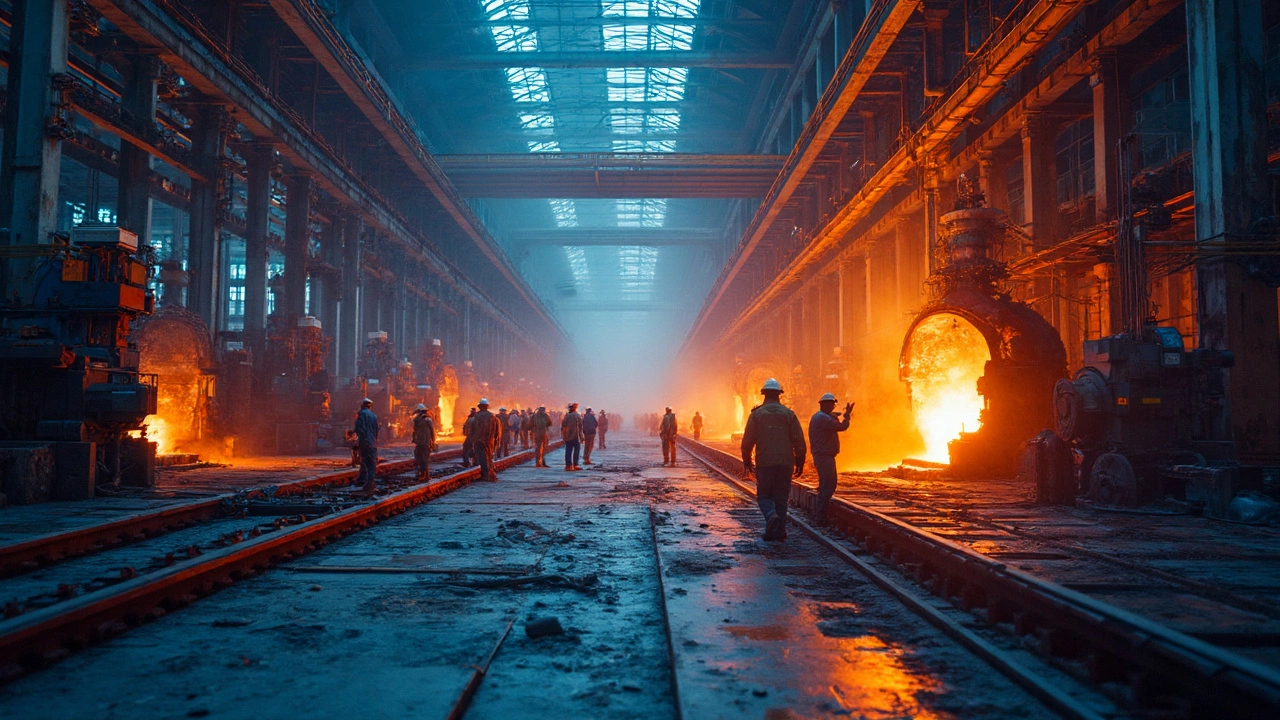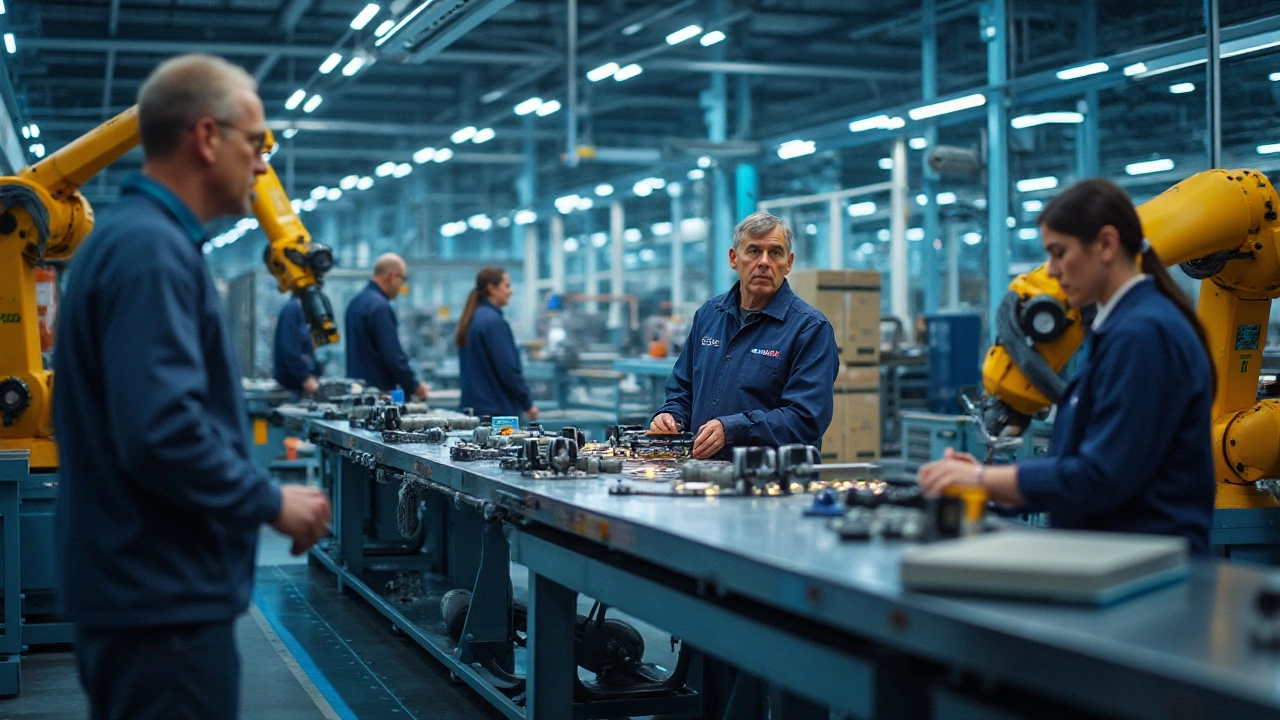Richest Steel Company
When looking at the Richest Steel Company, the firm that tops revenue and market cap charts in the steel sector. Also known as top steel firm, it sets the benchmark for performance across the Steel Industry, influences the Steel Market and drives innovations in Steel Manufacturing. Understanding this entity helps you see why it matters for investors, policymakers and workers alike.
Why the Richest Steel Company Matters
The richest steel company isn’t just a money‑maker; it’s a market leader that shapes pricing, supply chains and technology adoption. In simple terms, the richest steel company dominates the steel market, drives global trade flows, and sets standards for production efficiency. Those three actions create a clear semantic triple: "Richest steel company dominates steel market", "Richest steel company drives global trade", "Richest steel company sets production standards". Readers who get this picture can follow the deeper analysis in the posts below.
Revenue alone tells part of the story, but capacity tells the rest. The leading firm typically runs multiple integrated plants that melt iron ore, recycle scrap and produce flat and long products at scale. Such massive steel manufacturing requires continuous casting lines, blast furnaces and modern electric arc furnaces, linking raw material logistics directly to finished‑goods output. When a company can turn raw iron into high‑grade steel faster and cheaper than anyone else, it secures a competitive edge that reinforces its richest status.
Financial health is another pillar. Strong balance sheets, low debt ratios and consistent profit margins attract investors and enable long‑term R&D spending. The richest steel company often reports double‑digit EBITDA growth, reflecting efficient cost control and premium pricing power. These figures aren’t just numbers; they translate into higher wages for workers, better community programs, and more funds for sustainable initiatives.
Sustainability is no longer optional. The top steel firm is increasingly investing in green steel—using hydrogen or renewable electricity to cut carbon emissions. This shift ties the richest steel company to the broader push for sustainable manufacturing, showing how environmental goals can coexist with profit. When a company leads in low‑carbon steel, it also influences policy, supply chain standards and consumer expectations.
Supply chain mastery is a hidden advantage. Securing iron ore contracts, managing logistics of bulk shipments, and maintaining a steady flow of scrap metal keep production humming. The richest steel company often owns or partners with port facilities, railway networks and shipping fleets, creating a resilient backbone that competitors struggle to match. This integrated approach not only safeguards output but also reduces costs, feeding back into the revenue engine.
Global competition adds another layer of complexity. While the richest steel company may dominate domestically, it faces rivals from China, Europe and the Americas. Competing on price, quality and innovation forces the leader to continuously improve. The dynamic between the richest steel company and its international peers forms a classic "wins‑or‑loses" semantic relationship: the leader's strategies directly affect market shares worldwide.
Local economies feel the ripple effect. Plant expansions create jobs, boost ancillary businesses like transportation and equipment service, and generate tax revenue for infrastructure. Communities around major steel hubs often see better schools, healthcare and public services funded by the industry's success. In this way, the richest steel company also acts as a catalyst for regional development.
Future trends point toward digitalization and smarter factories. The richest steel company is testing AI‑driven process control, predictive maintenance and digital twins to cut downtime and improve product quality. These technologies not only enhance efficiency but also open new revenue streams in specialized high‑strength steels for automotive and aerospace sectors.
All these angles—market dominance, manufacturing scale, financial strength, sustainability, supply chain control, global rivalry, regional impact and digital innovation—form the backbone of the content you’ll find below. The upcoming articles dive deeper into each facet, giving you practical insights, data‑driven analysis and real‑world examples that illustrate why the richest steel company matters today and how its influence will shape the industry tomorrow.
Richest Steel Company in the World: Who Tops the List?
Ever wondered who holds the crown in the world of steel manufacturing? This article breaks down the leading steel company's profile, exploring key factors that led to its immense success. From production numbers to economic impact, discover how this industry giant shapes the global steel landscape. Learn about innovations and strategies that keep them at the top. Get insights into the wealth and influence wielded by the richest steel company.
- manufacturing
- India
- food processing
- garden tips
- rice cultivation
- government schemes
- balcony garden
- urban gardening
- balcony gardening
- profitable business
- business ideas
- plastic manufacturing
- drip irrigation
- plant care
- steel manufacturing
- sustainable gardening
- startup ideas
- steel industry
- flower gardening
- textile manufacturers






